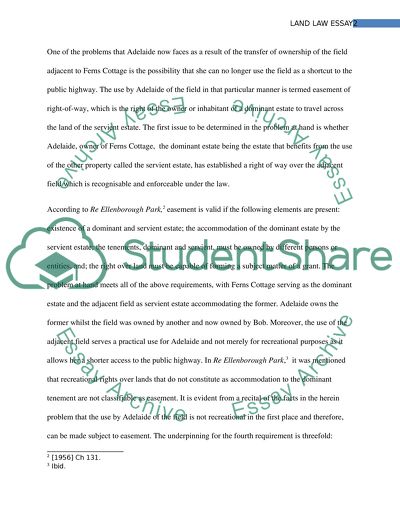Cite this document
(“Land Law: Adelaide Case Study Example | Topics and Well Written Essays - 2000 words”, n.d.)
Land Law: Adelaide Case Study Example | Topics and Well Written Essays - 2000 words. Retrieved from https://studentshare.org/law/1410212-land-law-problem-essay
Land Law: Adelaide Case Study Example | Topics and Well Written Essays - 2000 words. Retrieved from https://studentshare.org/law/1410212-land-law-problem-essay
(Land Law: Adelaide Case Study Example | Topics and Well Written Essays - 2000 Words)
Land Law: Adelaide Case Study Example | Topics and Well Written Essays - 2000 Words. https://studentshare.org/law/1410212-land-law-problem-essay.
Land Law: Adelaide Case Study Example | Topics and Well Written Essays - 2000 Words. https://studentshare.org/law/1410212-land-law-problem-essay.
“Land Law: Adelaide Case Study Example | Topics and Well Written Essays - 2000 Words”, n.d. https://studentshare.org/law/1410212-land-law-problem-essay.


